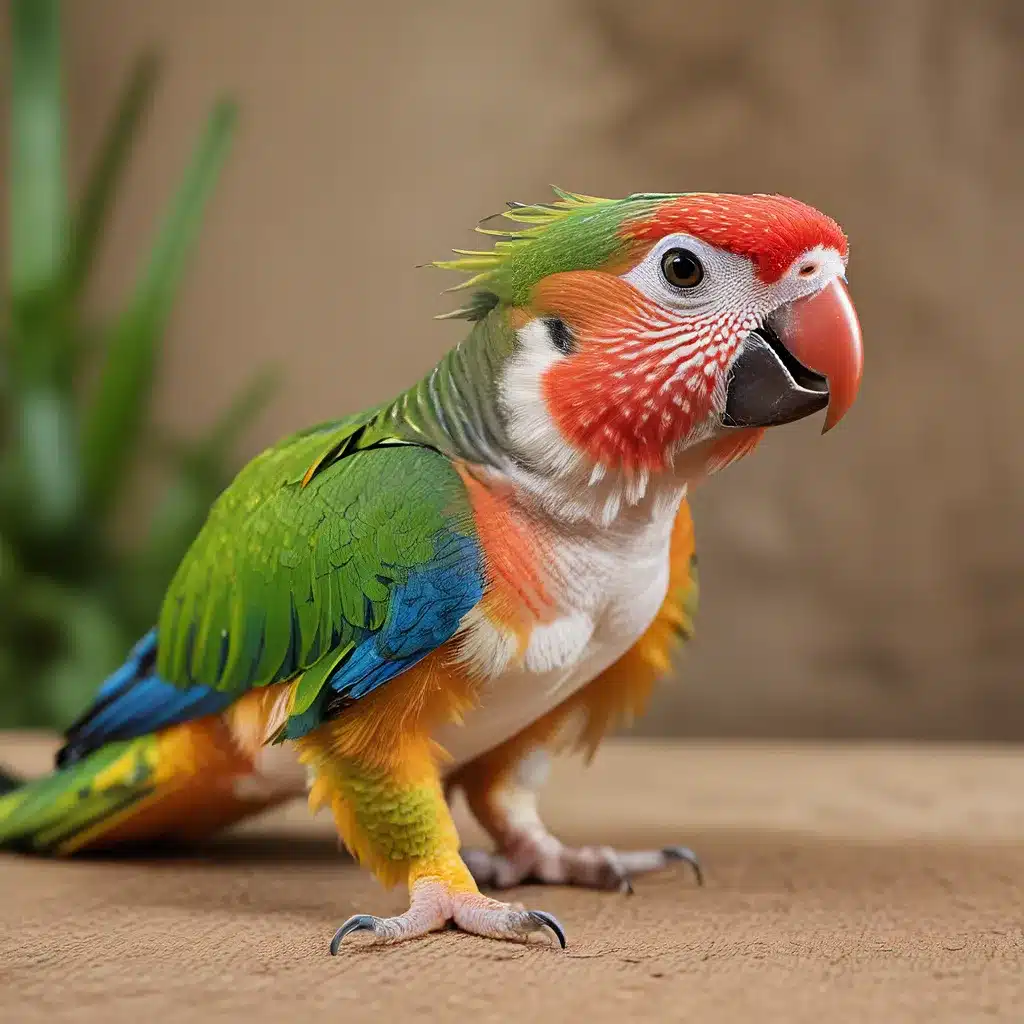
The Meowing Dilemma: Navigating the World of Exotic Pets and Landlords
Are you an exotic pet enthusiast looking to find your dream rental? Well, get ready for a wild ride, my friends! Renting with exotic pets can be a real-life version of “Jurassic Park” – minus the dinosaurs, of course.
As a new landlord, I’ve learned that the world of pet policies is a minefield of legal jargon, tenant expectations, and the occasional hissing match (pun intended). But fear not, I’m here to guide you through the intricate dance of exotic pets and landlord-tenant relationships.
Understanding the Basics of Pet Policies
First things first, let’s dive into the nitty-gritty of pet policies. These are the rules and regulations that landlords put in place to govern the presence of furry (or scaly) friends in their rental properties. And let me tell you, they can be as varied as the animals themselves.
Some landlords are all about the “no pets allowed” policy, while others embrace the idea of a petting zoo in their properties. But the key is to find that sweet spot where everyone’s needs are met – the landlord’s, the tenant’s, and, of course, the pets’.
As I’ve learned, a well-crafted pet policy can be the difference between a harmonious rental experience and a complete disaster. It sets clear expectations, protects the property, and establishes a legal framework to keep things in check.
Weighing the Pros and Cons of Allowing Exotic Pets
Now, you might be thinking, “But my pet is no ordinary house cat or Fido – it’s an exotic creature that could take over the world!” (Or at least your landlord’s heart.) Well, let me tell you, there’s a lot to consider when it comes to allowing exotic pets in rental properties.
On the one hand, having a pet-friendly policy can significantly broaden your tenant pool and even lead to higher rents. Plus, the long-term tenancy of pet owners can be a major perk for landlords.
But on the other hand, the potential for damage, noise, and allergic reactions can be a real headache. And don’t forget about the insurance and liability concerns – it’s a jungle out there, folks!
So, as a landlord, it’s crucial to weigh these pros and cons carefully and figure out what works best for your property and your personal risk tolerance. After all, you don’t want to end up with a reptile-themed version of “The Shining” on your hands.
Crafting a Fair and Effective Pet Policy
Alright, time to get down to business. Drafting a pet policy that’s fair, clear, and enforceable is the key to a harmonious landlord-tenant relationship. And let me tell you, it’s not as easy as it seems.
Remember to be specific about the types of pets allowed – no more “Well, my 10-foot python is totally a house pet!” excuses. Set clear expectations for pet owners, and don’t be afraid to get creative with things like pet deposits and monthly rent.
And when it comes to consequences for violations, be firm but fair. Liquidated damages are your friend – they’re generally more palatable to the courts than outright fines.
But the real secret weapon? Communication, my friends. Make sure your pet policy is crystal clear from the get-go, and keep those lines of communication open with your tenants. After all, you don’t want to end up in a standoff with a tenant and their ferret (or their lawyer).
Handling Pet Policy Violations: A Legal Minefield
Now, let’s talk about the elephant in the room (or the snake in the aquarium, as the case may be). What happens when your tenants decide to unleash their inner Dr. Dolittle and disregard the pet policy?
Well, buckle up, because navigating pet policy violations can be a true legal minefield. Clear communication, meticulous documentation, and regular inspections are the keys to staying on top of things.
And when all else fails, it might be time to bring in the big guns – a legal professional. They can help you understand the ins and outs of pet policy enforcement, ensure you’re complying with fair housing laws, and guide you through the tricky eviction process (if it comes to that).
But remember, the goal is to foster a harmonious living environment for all, pets included. It’s a delicate balance, but with the right approach, you can turn your rental property into a veritable Noah’s Ark – without all the flood-related drama.
Communication is the Cornerstone of Success
As a landlord, I’ve learned that communication is the cornerstone of a successful landlord-tenant relationship, especially when it comes to exotic pets. Ensuring that all parties involved – landlords, tenants, and property managers – are on the same page from the start is crucial.
Be upfront about your pet policy, and make sure it’s thoroughly documented in the lease agreement. Encourage tenants to come to you with any questions or concerns, and be prepared to address them promptly and effectively.
And let’s not forget the power of feedback. Listen to the insights of your tenants and property managers – they might just have the key to unlocking the perfect pet policy that works for everyone.
Conclusion: Embrace the Exotic and Conquer the Rental World
So, there you have it, folks – the wild world of exotic pets and landlord-tenant relationships. It’s a journey filled with legal jargon, tenant expectations, and the occasional scales or feathers, but with the right approach, you can conquer it.
Remember, communication is king, pet policies are your sidekick, and a little legal expertise never hurts. And who knows, maybe one day you’ll be the proud owner of a rental property that’s the talk of the town – the one with the exotic pets that everyone wants to visit (or avoid, depending on their tolerance for adventure).
Ready to take on the challenge? Then head over to Golden Exotic Pets and let’s dive into the exciting world of exotic pet ownership and landlord-tenant harmony!

